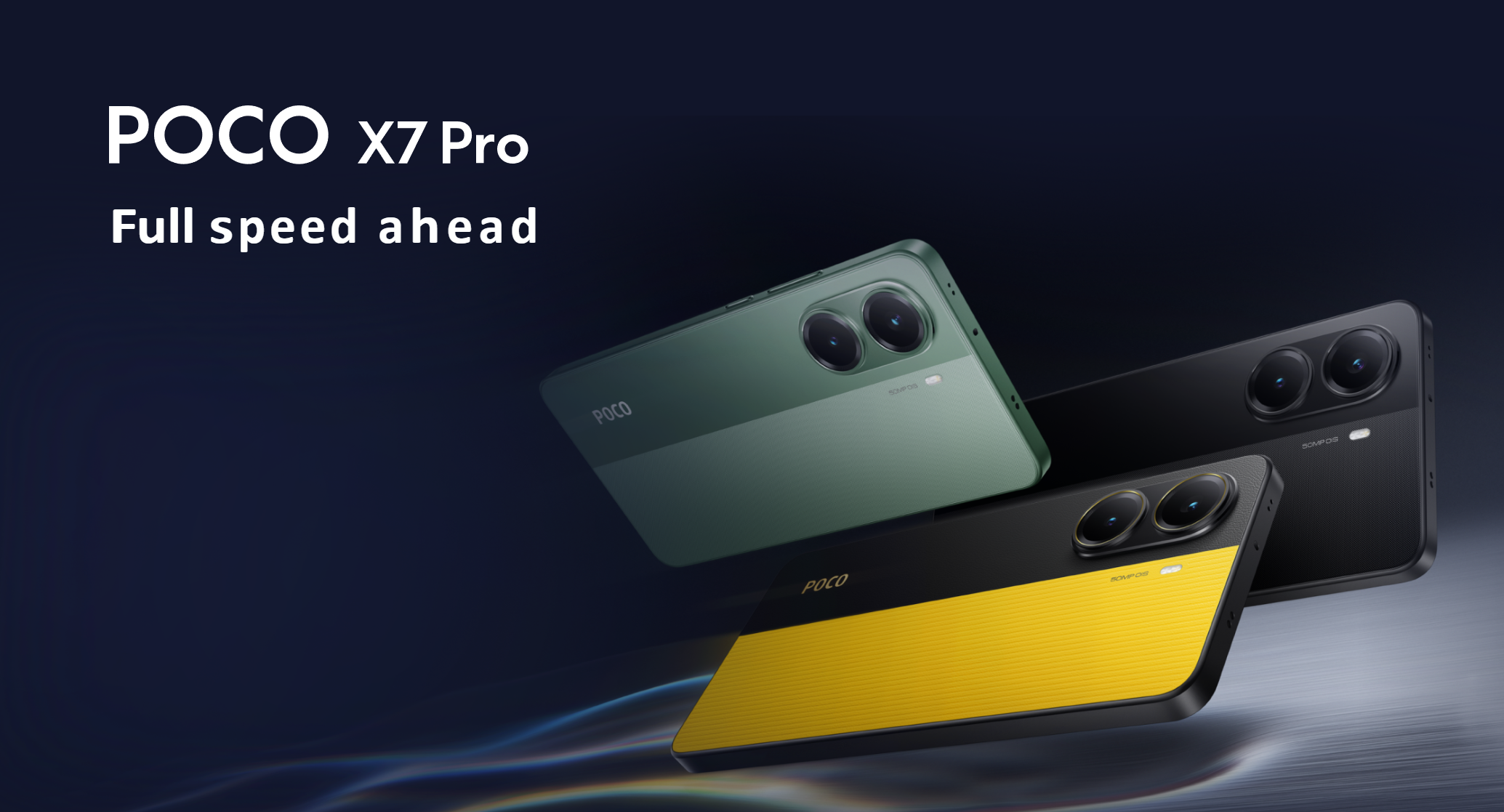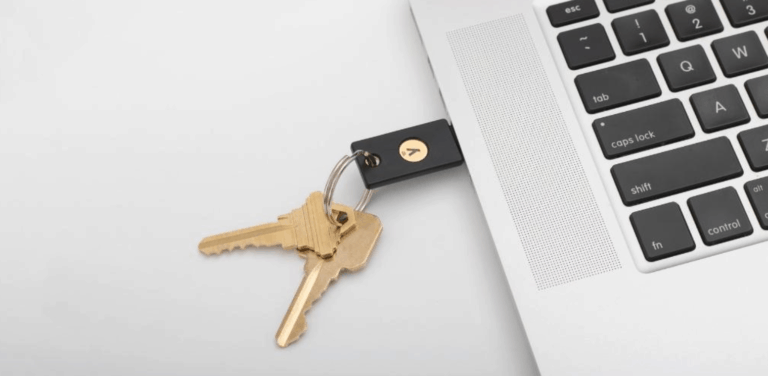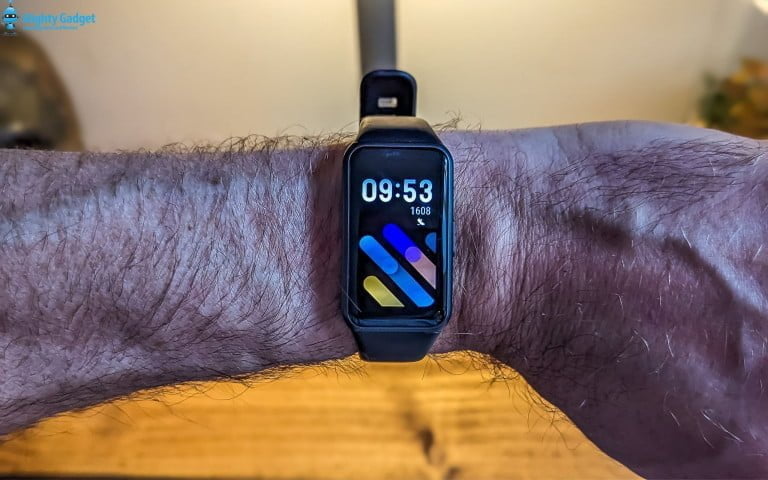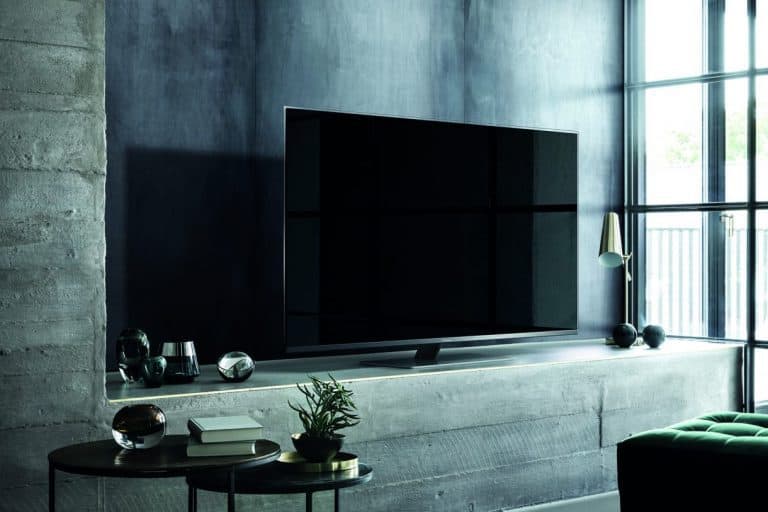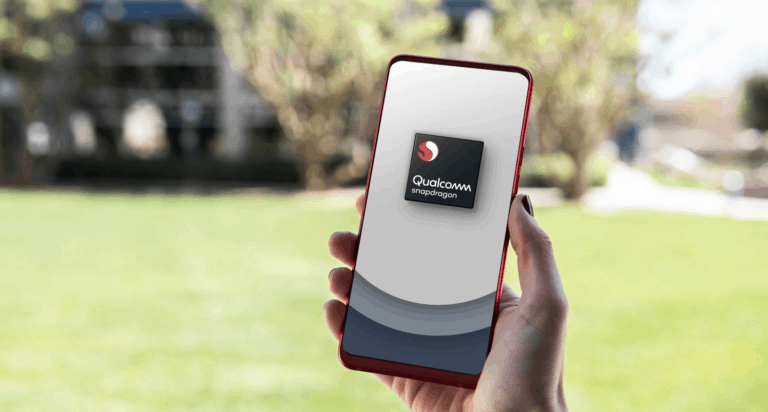Any links to online stores should be assumed to be affiliates. The company or PR agency provides all or most review samples. They have no control over my content, and I provide my honest opinion.
POCO has announced its latest X Series smartphones – the POCO X7 Pro and POCO X7 – focusing on delivering high-performance features and bold design elements at competitive price points. The new devices were introduced during a launch event in London on January 9th, 2025.
Related Content
- Poco X6 Review
- Poco Watch Review
- Redmi Note 13 Pro Review vs Poco X6
- Xiaomi 14T Pro Review
- Poco X3 Pro Review
Performance First: Processing Power and Gaming Capabilities
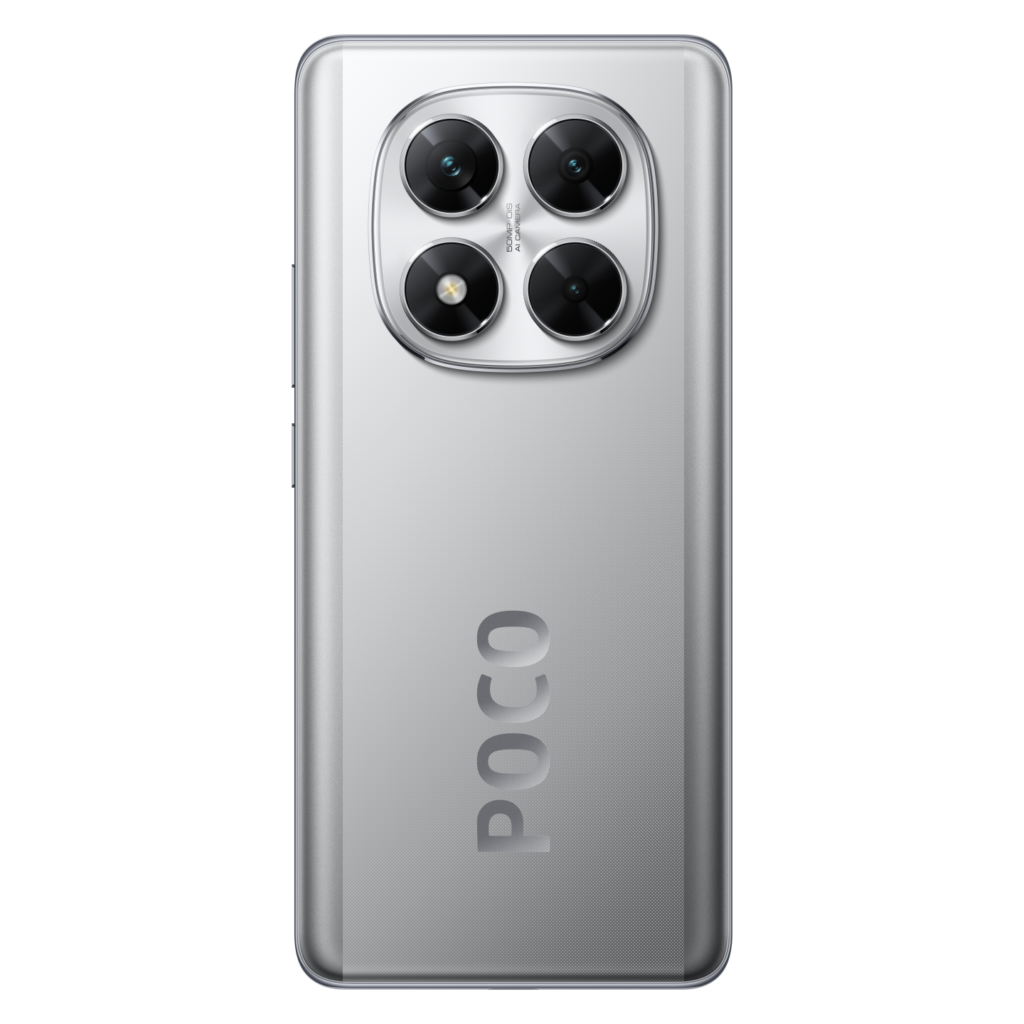
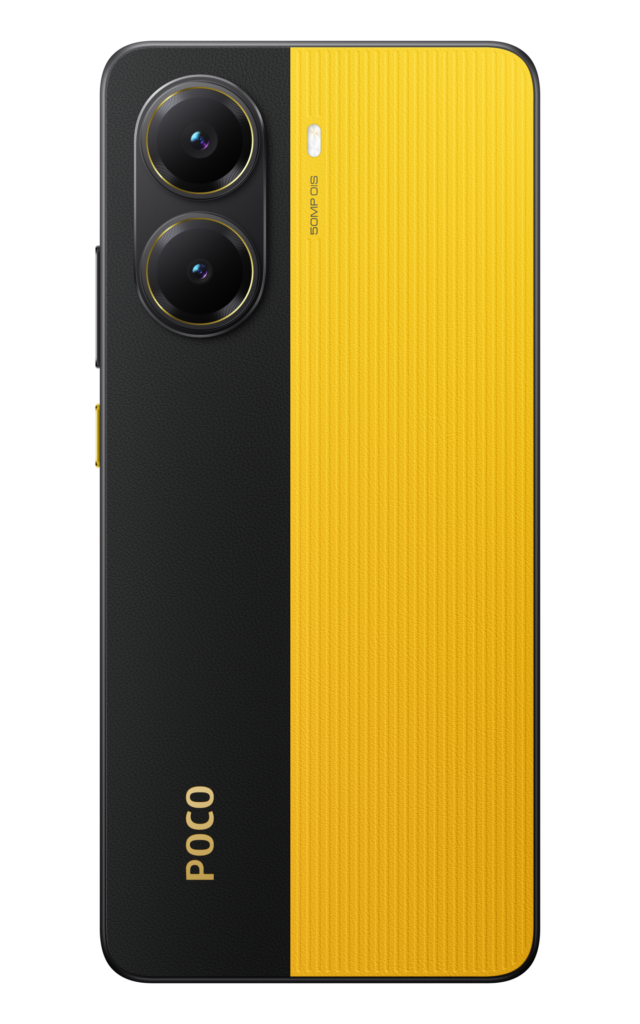
The POCO X7 Pro introduces MediaTek’s Dimensity 8400-Ultra processor, making its global debut as the most capable chipset in POCO’s X Series lineup. Built on TSMC’s 4nm process technology, the processor delivers significant improvements with 54% better CPU efficiency and 70% enhanced GPU performance compared to its predecessor. The chip also brings a 50% boost in AI capabilities.
Supporting the powerful processor is POCO’s LiquidCool Technology 4.0, featuring a 5000mm² cooling area. The system uses a POCO 3D IceLoop design that separates vapour and liquid, while a specialised 3D structure around the CPU helps dissipate heat three times more effectively than traditional vapour chamber solutions.
The standard POCO X7 utilises the Dimensity 7300-Ultra chip, achieving an AnTuTu score of 704,404. Both devices run on the latest Xiaomi HyperOS 2, which brings improvements to the core system and interface design for better responsiveness.
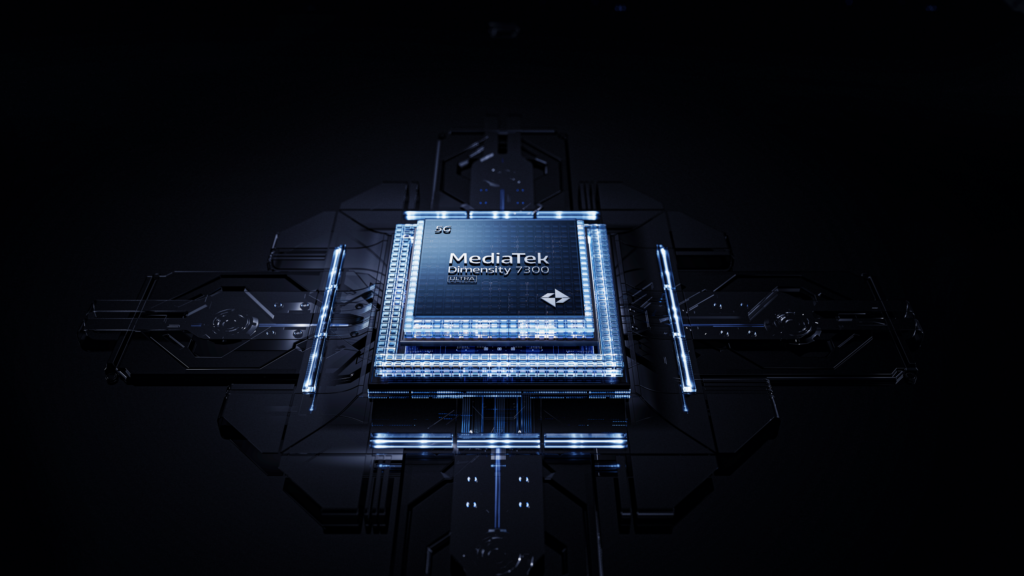
Battery Life and Charging Solutions
The POCO X7 Pro comes equipped with a 6000mAh battery, the largest ever in POCO’s product range. The device supports 90W HyperCharge technology, capable of reaching a full charge in 42 minutes. Users can expect up to 14.5 hours of continuous usage.
The POCO X7 features a 5110mAh battery with 45W turbo charging support. Both phones maintain over 80% battery capacity even after 1600 charge cycles, suggesting good long-term durability.
A Smart Charging Engine has been implemented across both devices, automatically adjusting charging speeds and temperature control based on usage patterns. The phones also demonstrate impressive cold-weather performance – the X7 Pro can charge at temperatures as low as -25°C, while the X7 maintains voice call capability at -10°C for up to 24 hours.
Display Technology and Design Elements
Both smartphones feature a 6.67-inch CrystalRes 1.5K 120Hz AMOLED display supporting 68 billion colours. The X7 Pro offers peak brightness of 3200 nits, while the X7 reaches 3000 nits. The screens include a 2560Hz instant touch sampling rate and 16x super-resolution touch response.
The displays are certified by TÜV Rheinland for eye comfort during extended use and feature wet touch functionality that maintains responsiveness even with damp hands.
POCO has incorporated distinctive design elements in both models. The X7 Pro showcases racetrack-inspired lines and Bézier curves, complemented by a dual-turbo ring design. The Yellow variant features a dual-tone colour scheme and texture. The X7 introduces POCO’s first 3D curved display, improving grip comfort both horizontally and vertically.
Camera System and Imaging Features
The camera setup on both devices centres around Sony’s IMX882 50MP main sensor with optical image stabilisation, offering 65% improved light intake compared to previous generations. The X7 adds a 2MP macro lens for close-up photography. Both phones include a 20MP front-facing camera.
The devices use AI algorithms for portrait photography, with the X7 featuring a 46mm Golden Portrait Mode. The X7 Pro offers dual focal lengths of 26mm and 35mm for varied portrait perspectives.
Video capabilities include 4K recording at 30fps on the X7 and 60fps on the X7 Pro, both with OIS and EIS dual stabilisation. The X7 Pro adds Director Mode and 10bit-LOG video recording for enhanced creative control.
Additional Features and AI Integration
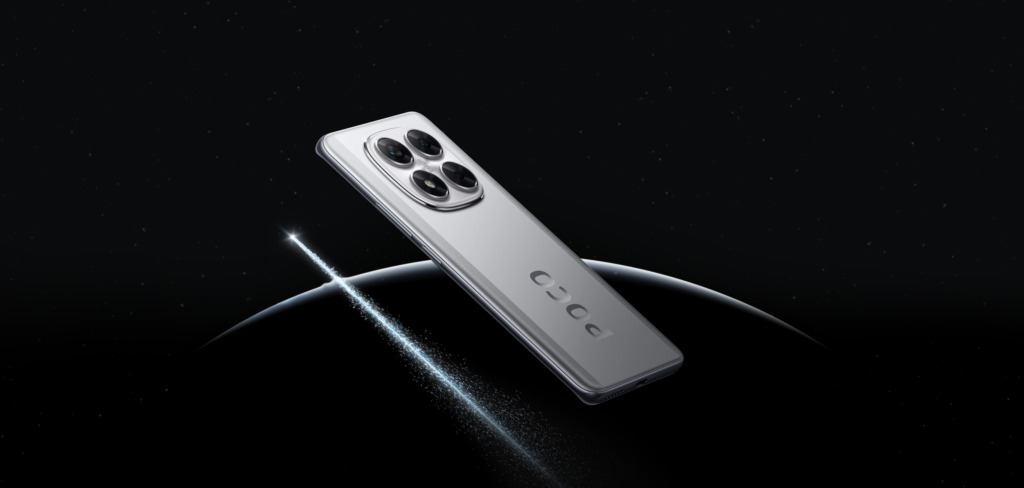
Both phones incorporate various AI-powered features. The X7 Pro includes AI Interpreter for real-time translation during calls and meetings, while AI Notes and AI Recorder help capture and summarise audio content. Both devices come with the Google Gemini app pre-installed.
For durability, the X7 Pro uses Corning Gorilla Glass 7i, offering twice the scratch and drop resistance of previous generations. The X7 features Corning Gorilla Glass Victus 2 with 55% better drop resistance. Both phones carry an IP68 rating for dust and water resistance, protecting against submersion up to 1.5 metres for 30 minutes.
Pricing and Availability
The POCO X7 Pro will be available through mi.com in Black, Green, and Yellow colours. The 8GB RAM with 256GB storage version is priced at £309, while the 12GB RAM with 512GB storage variant costs £349.
The POCO X7 comes in Black, Green, and Silver options, with the 8GB+256GB model priced at £249 and the 12GB+512GB version at £299.
Both devices support RAM expansion technology, with the 8GB variants expandable to 16GB and the 12GB models capable of reaching 24GB through storage allocation.
This launch strengthens POCO’s position in the mid-range smartphone market, offering high-end features at competitive price points. The company continues to focus on performance and practical features while maintaining its philosophy of “Everything You Need, Nothing You Don’t.”
Poco X7 Pro vs Poco X7 Specification Comparison
| Category | Poco X7 Pro | Poco X7 |
| Body | 160.8 x 75.2 x 8.3 mm (6.33 x 2.96 x 0.33 in) | 162.3 x 74.4 x 8.4 mm or 8.6 mm |
| 195 g (6.88 oz) | 185.5 g or 190 g (6.70 oz) | |
| IP68 dust/water resistant (up to 1.5m for 30 min) | IP68 dust/water resistant | |
| Display | AMOLED, 68B colours, 120Hz, HDR10+, Dolby Vision, 1200 nits (HBM), 3000 nits (peak) | AMOLED, 68B colors, 120Hz, HDR10+, Dolby Vision, 1200 nits (HBM), 3000 nits (peak) |
| 6.67 inches, 107.4 cm2 (~88.8% screen-to-body ratio) | 6.67 inches, 107.4 cm2 (~88.9% screen-to-body ratio) | |
| 1220 x 2712 pixels, 20:9 ratio (~446 ppi density) | 1220 x 2712 pixels, 20:9 ratio (~446 ppi density) | |
| Corning Gorilla Glass 7i | Corning Gorilla Glass Victus 2 | |
| OS | Android 15, HyperOS 2 | Android 15, HyperOS |
| Chipset | Mediatek Dimensity 8400 Ultra (4 nm) | Mediatek Dimensity 7300 Ultra (4 nm) |
| Octa-core (1×3.25 GHz Cortex-A725 & 3×3.0 GHz Cortex-A725 & 4×2.1 GHz Cortex-A725) | Octa-core (4×2.5 GHz Cortex-A78 & 4×2.0 GHz Cortex-A55) | |
| G720 MC7 | Mali-G615 MC2 | |
| Memory | 256GB 8GB RAM, 256GB 12GB RAM, 512GB 12GB RAM | 256GB 8GB RAM, 512GB 12GB RAM |
| UFS 4.0 | UFS 2.2 | |
| 50 MP, f/1.5, 26mm (wide), 1/1.95″, 0.8µm, PDAF, OIS | 50 MP, f/1.5, 26mm (wide), 1/1.95″, 0.8µm, PDAF, OIS | |
| Camera | 8 MP, f/2.2, 15mm (ultrawide), 1/4.0″, 1.12µm | 8 MP, f/2.2, 15mm, 120? (ultrawide), 1/4.0″, 1.12µm |
| 2 MP, f/2.4, (macro) | ||
| LED flash, HDR, panorama | LED flash, HDR, panorama | |
| 4K@30/60fps, 1080p, gyro-EIS, OIS | 4K, 1080p, gyro-EIS, OIS | |
| 20 MP, f/2.2, 25mm (wide), 1/4.0″, 0.7µm | 20 MP, f/2.2, 25mm (wide), 1/4.0″, 0.7µm | |
| Selfie | Yes | Yes |
| Yes, with dual speakers | Yes, with dual speakers | |
| Sound | 24-bit/192kHz Hi-Res & Hi-Res Wireless audio | 24-bit/192kHz Hi-Res & Hi-Res Wireless audio |
| Wi-Fi 802.11 a/b/g/n/ac/6, dual-band, Wi-Fi Direct | Wi-Fi 802.11 a/b/g/n/ac/6, dual-band, Wi-Fi Direct | |
| 5.4, A2DP, LE, aptX HD | 5.4, A2DP, LE, LHDC | |
| Connectivity | GPS (L1+L5), GLONASS (G1), BDS (B1I+B1c+B2a), GALILEO (E1+E5a), QZSS (L1+L5), NavIC (L5) | GPS, GLONASS, BDS, GALILEO, QZSS |
| USB Type-C 2.0, OTG | USB Type-C 2.0, OTG | |
| Fingerprint (under display, optical), accelerometer, gyro, proximity, compass | Fingerprint (under display, optical), accelerometer, gyro, compass, proximity (ultrasonic) | |
| Battery | Si/C 6000 mAh | 5110 mAh |
| 90W wired, PD3.0, QC3+, 100% in 42 min | 45W wired, PD3.0 | |
| Reverse wired | ||
| Colours | Black/Yellow, White, Green, Red (Iron Man Edition) | AMOLED, 68B colours, 120Hz, Dolby Vision, HDR10+, HDR Vivid, 1400 nits (HBM), 3200 nits (peak) |
I am James, a UK-based tech enthusiast and the Editor and Owner of Mighty Gadget, which I’ve proudly run since 2007. Passionate about all things technology, my expertise spans from computers and networking to mobile, wearables, and smart home devices.
As a fitness fanatic who loves running and cycling, I also have a keen interest in fitness-related technology, and I take every opportunity to cover this niche on my blog. My diverse interests allow me to bring a unique perspective to tech blogging, merging lifestyle, fitness, and the latest tech trends.
In my academic pursuits, I earned a BSc in Information Systems Design from UCLAN, before advancing my learning with a Master’s Degree in Computing. This advanced study also included Cisco CCNA accreditation, further demonstrating my commitment to understanding and staying ahead of the technology curve.
I’m proud to share that Vuelio has consistently ranked Mighty Gadget as one of the top technology blogs in the UK. With my dedication to technology and drive to share my insights, I aim to continue providing my readers with engaging and informative content.

